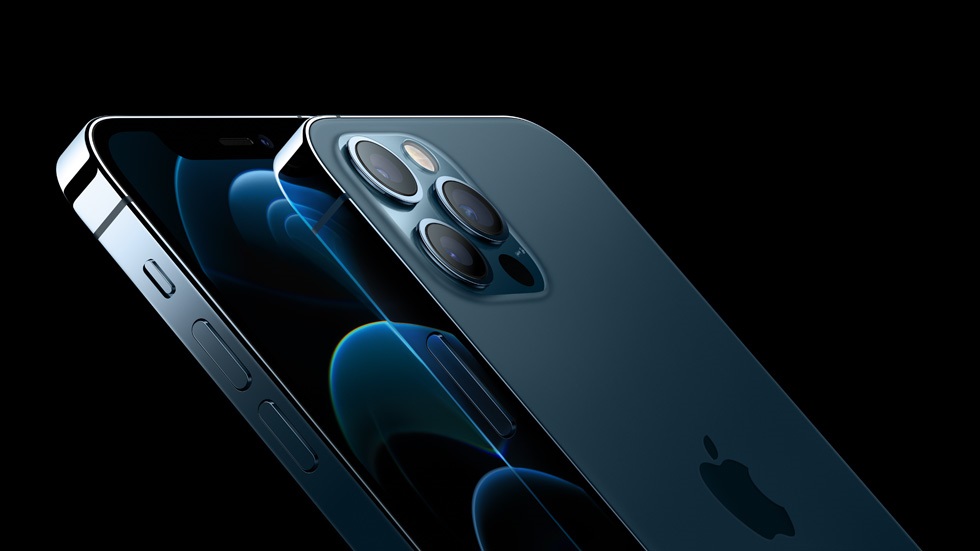The novel coronavirus pandemic impacted every industry on the planet, and even with all of its resources, Apple had to adjust its launch plans for the iPhone 12 series when it became clear that supply chain disruptions would make the typical September release impossible. Instead, Apple rolled out iOS 14 in September and then waited until October to reveal the iPhone 12, iPhone 12 mini, iPhone 12 Pro, and iPhone 12 Pro Max.
Despite real progress being made on the COVID-19 vaccination rollout, the pandemic is still far from over, but it might not affect the release date of the iPhone 13 this year. According to 9to5Mac, Wedbush analyst Daniel Ives checked in with supply chains and has determined that the next flagship iPhone should arrive on time.
Ives’ sources claim that the iPhone 13 should be available to purchase in the third week of September, bringing the release timeline closer to that of the iPhone 11, which launched on September 20th, 2019. His only big caveat is that “product model tweaks” could force Apple to push the launch to early October, but that may just be the case for some models. In other words, even with supply chains running closer to full speed, there is a real chance that the launch of the iPhone 13 models could be staggered, as was the case with the iPhone 12 models.
Rumors and reports about the iPhone 13 line have been trickling out for months, and some of the latest suggest that the next phone made by Apple will bring back Touch ID with an under-display fingerprint sensor. In a recent research note, four Barclays analysts predicted that Apple would “likely” move the sensor under the display this fall. They also discussed “a more tightly integrated version of the existing structured light system,” which would result in a smaller notch. Either way, Face ID likely isn’t going anywhere, even if Touch ID returns.
Beyond the smaller notch and the return of Touch ID, we’ve also heard that the iPhone 13 models will have a display with a 120Hz refresh rate, more powerful 5G modems, cameras upgrades, LiDAR scanners across the lineup, and larger batteries for improved battery life. There are also rumors about Apple finally giving customers the opportunity to buy 1TB iPhone models, but these rumors haven’t been quite as convincing.
Perhaps the biggest surprise of all is that Apple plans to stick with the same four models that we saw in 2021. The expected lineup looks like this: iPhone 13, iPhone 13 mini, iPhone 13 Pro, and iPhone 13 Pro Max. This is notable because the iPhone 12 mini was seemingly a disappointment, with multiple reports claiming that the smallest, cheapest model was accounting for a trivial percentage of total iPhone sales. Nevertheless, Apple will press forward with the same four models in 2021, but the age of the easily-pocketable iPhone might be ending.








